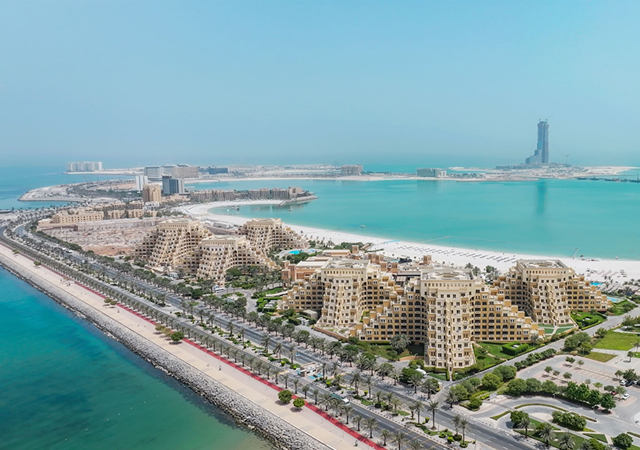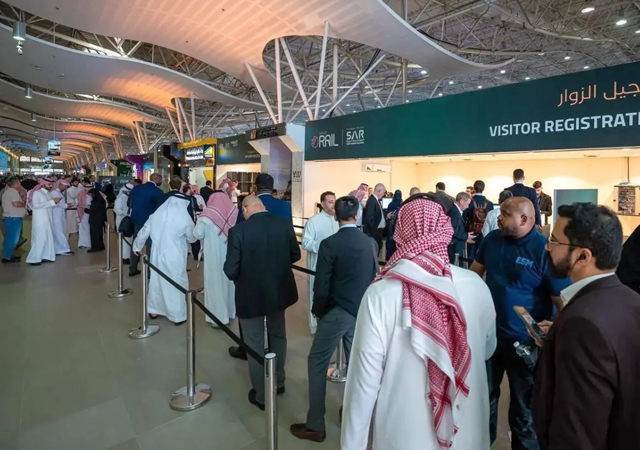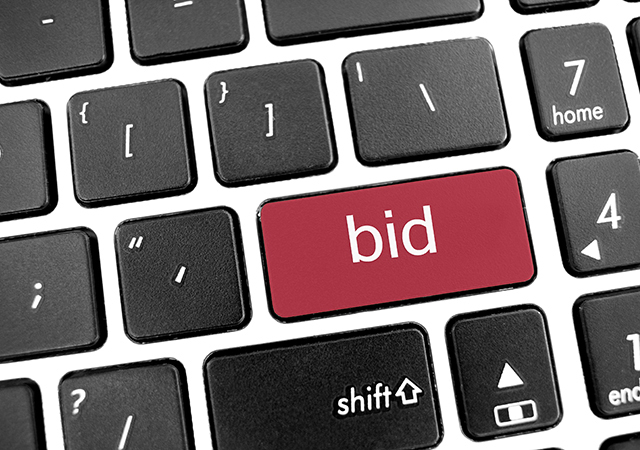
 Embedding technology by involving workers in the process will allow manufacturers to create a more positive shop floor experience.
Embedding technology by involving workers in the process will allow manufacturers to create a more positive shop floor experience.
Manufacturers, including those involved in the production of building materials and equipment, have been suffering from a chronic talent crisis for some time, and there are several factors at play… the aging workforce, the negative image of manufacturing careers, the impact of reshoring, the skills gap created by digital transformation, and the evolving needs of younger generations.
Below are some of the factors that have created a talent shortage, which has an impact on productivity, employee churn and knowledge retention:
Ageing talent
The shopfloor workforce is ageing. As Baby Boomers – many of them skilled manufacturing workers – approach retirement age, there is currently simply not a sufficient influx of younger workers to replace them. We have a generational gap that has created an acute, and worrying, dearth of experienced younger talent.
The image thing
There’s no escaping the fact that, in recent years, manufacturing has had an image problem. Manufacturing jobs have often been stigmatised as low-skill, dirty, and physically demanding. This perception has discouraged younger generations from pursuing careers in manufacturing, leading to a lack of interest in the field. It is unsurprising, therefore, that manufacturing is facing competition from other sectors. Both during and post pandemic, the rise of the tech industry and the allure and salary of jobs in fields like IT and software development have drawn talent away from the shopfloor. According to Deloitte, US manufacturing is expected to have 2.1 million unfilled jobs by 2030 (1).
From offshored to reshored
Over the past few decades, many manufacturing jobs were offshored to countries with lower labour costs. While this may have financially benefited companies in the short term, it has led to a decline in the domestic manufacturing workforce and, essentially, the loss of skills. But now, in light of a recent reshoring movement, manufacturers face the challenge of quickly rebuilding their essential workforce – made even harder by the wider labour crisis affecting industries at large.
Digital transformation needs skills
With the adoption of automation, robotics, and other digital technologies, the skills required in modern manufacturing have evolved significantly. Many current workers don’t (yet) have the necessary experience to operate and maintain these new systems, let alone deal with the data that is being generated. According to a recent study IFS conducted with premier global market intelligence provider International Data Corporation (IDC), 48 per cent of manufacturing organisations report that the lack of digital skills is a top technology challenge, which is preventing companies from advancing their digital initiatives and driving business transformation (2).
workforce mindset has changed
The pandemic saw working practices fundamentally change. Work from home options in other sectors opened up new expectations of flexible working which are difficult, if not impossible, to accommodate on the factory floor. To compound the problem, the current cost-of-living crisis is constraining manufacturers’ cash flow at a time when competition for top talent is pushing up wage growth to record levels.
Younger generations, in particular, tend to prioritise their needs. They expect more flexibility, a better work-life balance, but also work that is meaningful and fulfilling. As digital natives, they also have a far stronger affinity towards the usage of digital technology, including in the workplace.
The net result of this new mindset is an attrition dilemma in the manufacturing industry. Individuals facing unfavourable working conditions, the prospect of a higher salary in another company, and a lack of professional training and personal development, are far more ready to switch employers. Talent is now not only difficult to attract, but it’s also difficult to retain.
Skills retention is hurting the most
It’s pretty clear that employee churn is the biggest challenge in the war for talent. The average attrition rate across manufacturing and services industries increased sequentially to 8.27 per cent in the October-December 2022 quarter (3), with overall employee turnover for the manufacturing sector in 2022 estimated at 39 per cent (4). This relatively high employee churn rate has several wide-reaching consequences.
For example, high turnover can significantly disrupt shop floor productivity, including production schedules and workflows. What’s more, new hires may not be as efficient or experienced as departing employees, resulting in lower productivity and potential quality issues. According to The Times (5), productivity in the manufacturing sector, which accounts for about a tenth of the economy, has slowed from seven per cent before the 2008 financial crisis to less than two per cent afterwards, and this has played a “significant role” in dragging down economy-wide productivity.
Experienced employees often possess years of valuable knowledge about the manufacturing process, equipment, and quality control. When they leave, this “institutional knowledge” can be lost, making it challenging for the organisation to maintain quality standards and operational efficiency.
The recruitment and training of manufacturing employees can become costly and time-consuming. High attrition rates mean that companies must invest more resources in finding and onboarding new employees, diverting resources away from other areas that add business value.
Finally, experienced workers are often more adept at maintaining safety protocols and handling emergencies. The shop floor can be hazardous, and a high turnover of staff can increase the risk of workplace accidents and injuries.
Therefore, there is an inherent need to strategically invest in workforce development.
Addressing attrition
IFS’ recent IDC research found 45 per cent of global manufacturers see “improving the worker experience” as a high business priority in the next two years (2).
There are several ways proactive manufacturers can turn the tide by strategically investing in their workforces through workforce development initiatives and innovative technology solutions:
• Create knowledge transfer programmes: Implementing structured knowledge transfer programmes can enable experienced workers to mentor and train younger employees, passing on their skills and expertise. For example, the UKG Workforce Activity Report found employee cross-training has become a greater focus for nearly three in four manufacturers (73 per cent), and one in three now offer mentorship programmes as a way to encourage knowledge-sharing between seasoned workers and newer employees6.
• Provide workforce training and development: By investing in training and development programmes, organisations not only improve employees' skills; they also enhance their job satisfaction, reducing churn whilst increasing their value to the company. For example, The Abu Dhabi ‘Industrial Talent Programme’ aims to develop and attract needed talents as well as upskilling the existing workforce in Abu Dhabi’s industrial sector as it is experiencing exponential changes with the transition to advanced manufacturing methods and techniques. Talent development is one of the six transformational programmes in which the emirate is investing AED10 billion ($2.27 billion) to deliver ADIS (Abu Dhabi Industrial Strategy) ambitious objectives including doubling the size of manufacturing sector to AED172 billion, creating more than 13,600 skilled jobs by 2031.
• Enhance safety measures: Implementing robust safety protocols and providing training prioritises employee safety and creates a safer work environment.
• Ensure competitive compensation and benefits: In the current market, offering competitive wages and benefits packages is essential to attract and retain skilled talent.
• Offer flexible scheduling options: Access to more flexible scheduling options can be a key way to improve employees’ work-life balance, build loyalty and reduce burn out.
• Promote career growth: Creating opportunities for career advancement within the organisation ensures employees remain motivated to stay and build their careers.
• Introduce employee engagement initiatives: Recognition programmes and team-building activities can both boost employee engagement and morale.
• Embrace technology: Successfully embracing automation and advanced technologies starts with ensuring that existing employees receive the necessary training and support. Likewise, established training regimes will also attract younger digital natives to enter the manufacturing sector confident that they can still build and maximise their digital skills.
Technology to the rescue?
Embedding technology by involving workers in the process will allow manufacturers to create a more positive shop floor worker experience.
That’s a win-win for everyone: increased efficiency, engagement, job satisfaction, and overall success in manufacturing operations. In fact, four in five manufacturers (81 per cent) say investing in the workforce is a key component of their digital-transformation strategy, and just as many say their frontline managers already have the right tools and resources to help employees advance along their career paths6.
Offering the workforce a ‘connected worker experience’ has the opportunity to truly transform working on the shop floor. And there are several ways technology can help. For example:
• Use digital work instructions: Here, instructions and work orders are displayed on tablets or wearable devices, eliminating the need for paper copies. It means that shop floor workers have access to up-to-date and easily understandable tasks, reducing errors and increasing efficiency.
• Use digital communication tools: implementing digital communication tools like instant messaging or team collaboration apps allow real-time communication among workers, supervisors, and support staff. As well as enhancing teamwork, this approach also encourages valuable feedback. For example, staff can highlight health and safety problems or production inefficiencies immediately they see them and suggest safer or more effective ways of working. This is especially useful for companies trying to meet sustainability goals and enhance overall ESG performance. Employees can also offer feedback around how the technology is meeting their everyday needs.
Bring your talent together
In an era where we are seeing a proliferation of real-time shop floor connectivity and machines talking to each other, we also need to ensure that workers can do the same, sharing vital information that augments rather than hinders their experience and productivity.
Ultimately, ‘any’ new hire should be able to hit the floor running supported by the experience and knowledge that modern tools and technology are able to share, capture and create. Poka (https://info.ifs.com/Poka-Connected-Factory-Journey.html) is an acclaimed Connected Worker Platform now acquired by IFS that gives frontline workers access to the knowledge, skills and support they need to perform tasks safely, and to standard.
2. Source: IDC / IFS Global Future of Manufacturing Survey, November 2022, n=160).
4. https://www.award.co/blog/employee-turnover-rates
6. https://www.ukg.com/resources/research-insights/workforce-activity-report
* Maggie Slowik is Global Industry Director for Manufacturing at IFS, a global enterprise software solution provider.













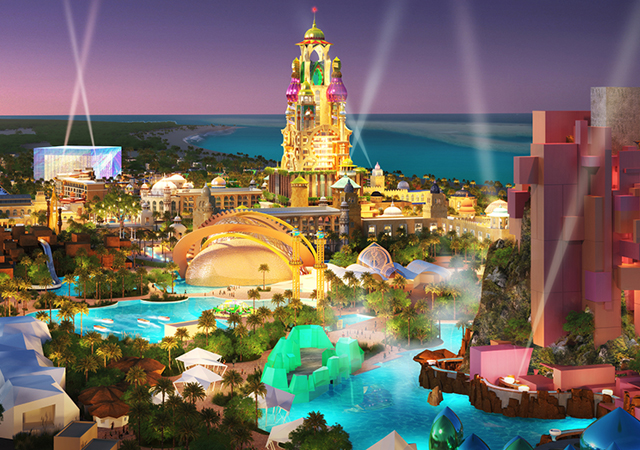
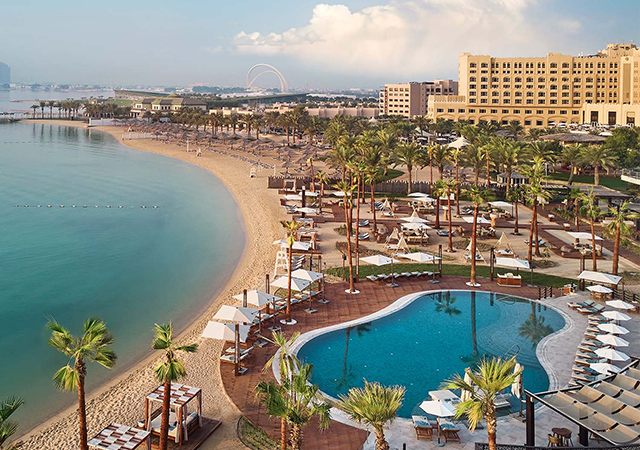

.jpg)


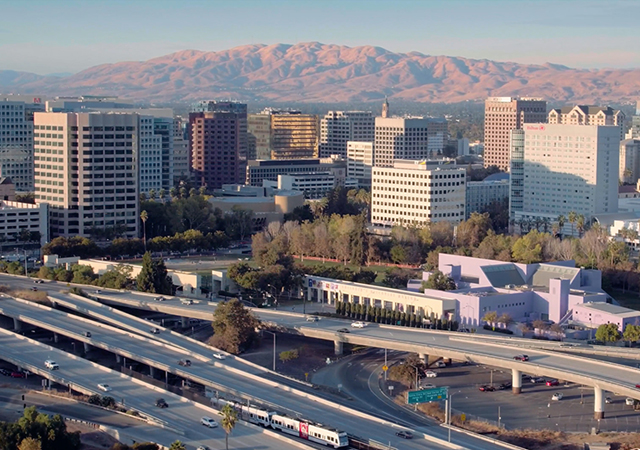








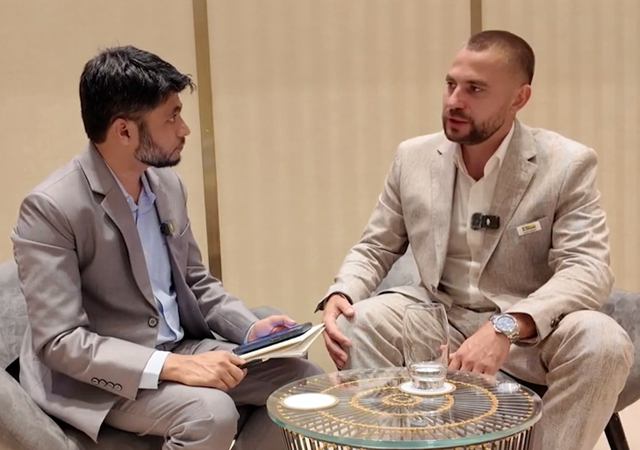
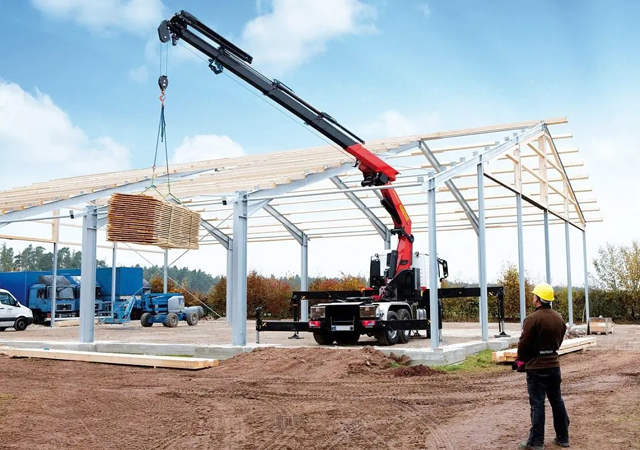

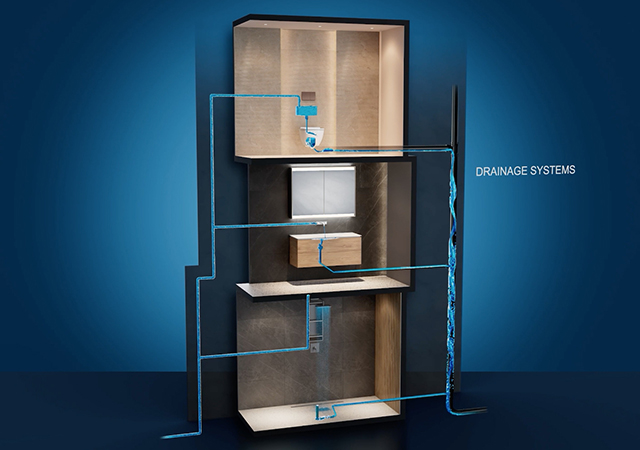
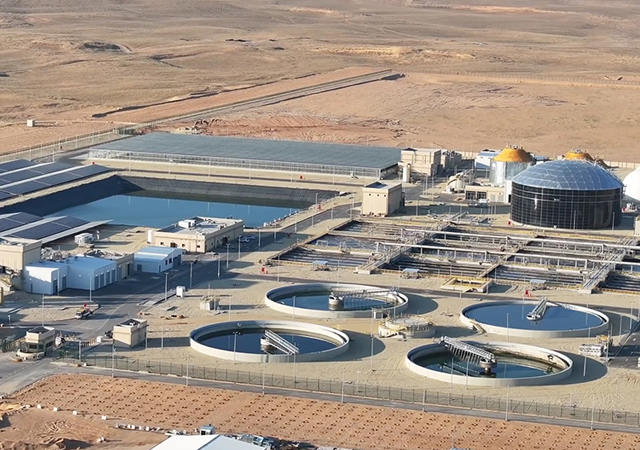

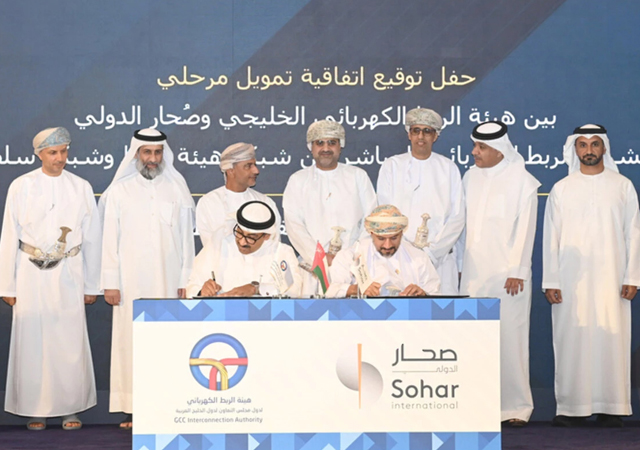

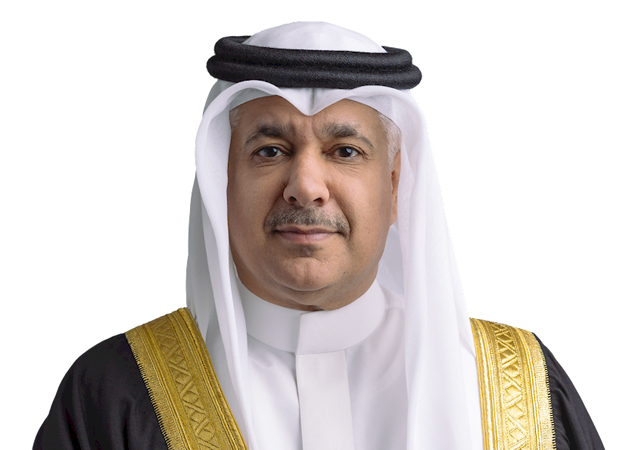





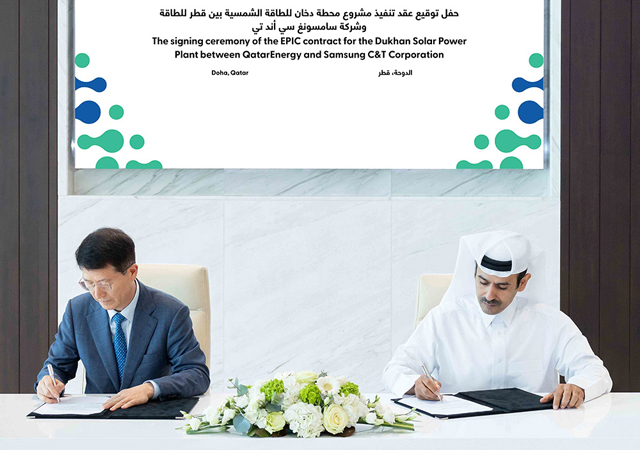




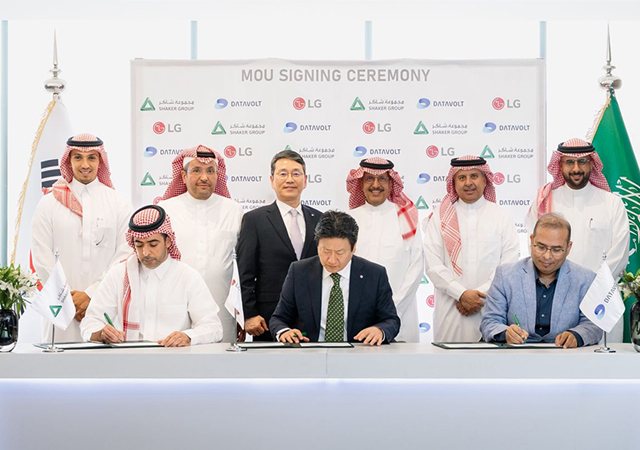
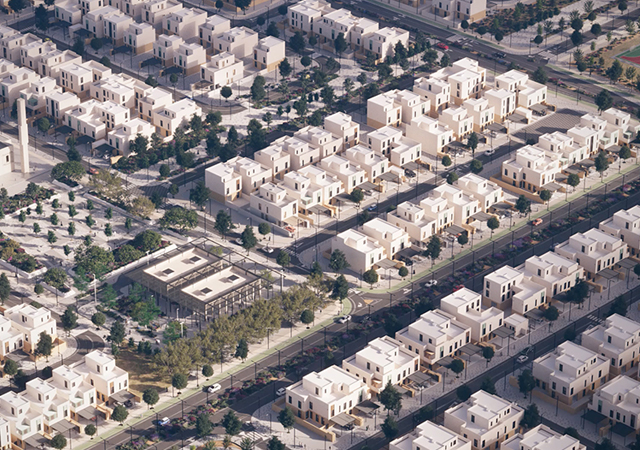


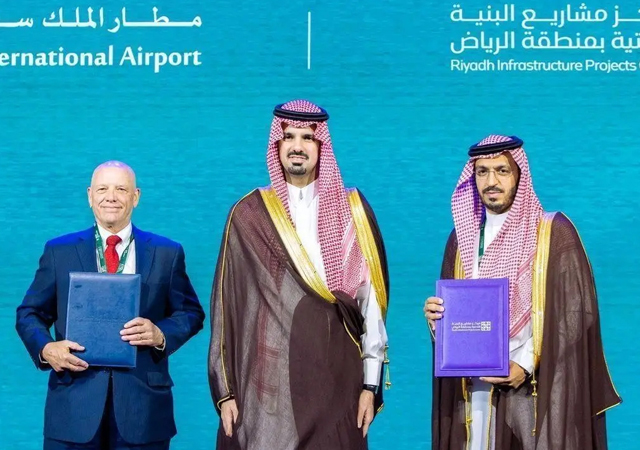




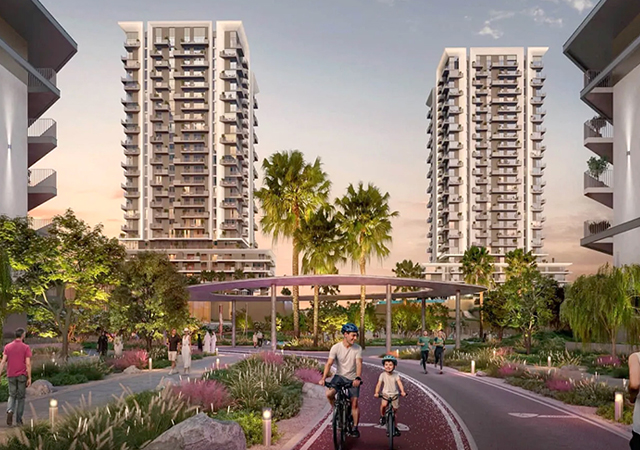

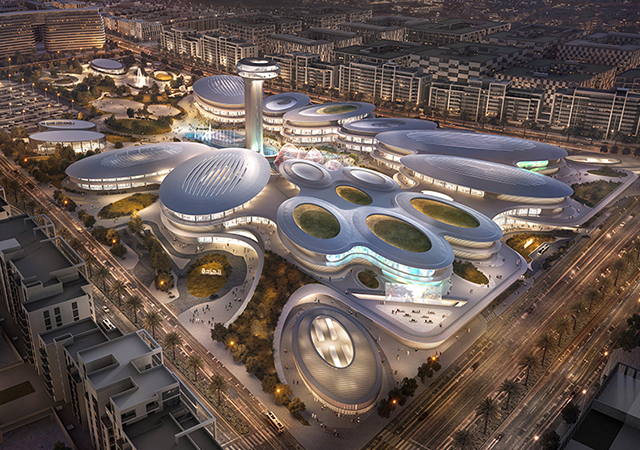










.jpg)
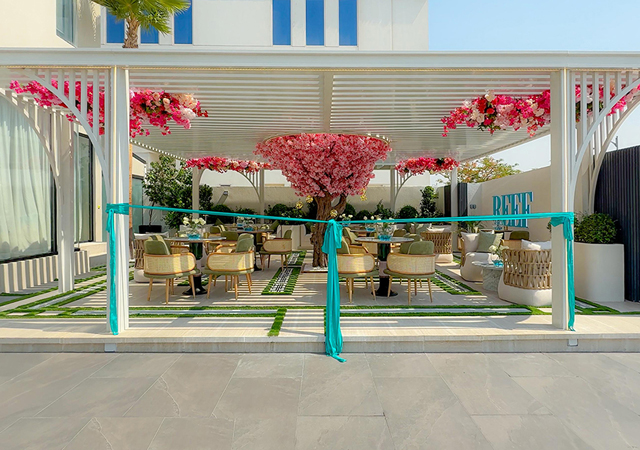



.jpg)
